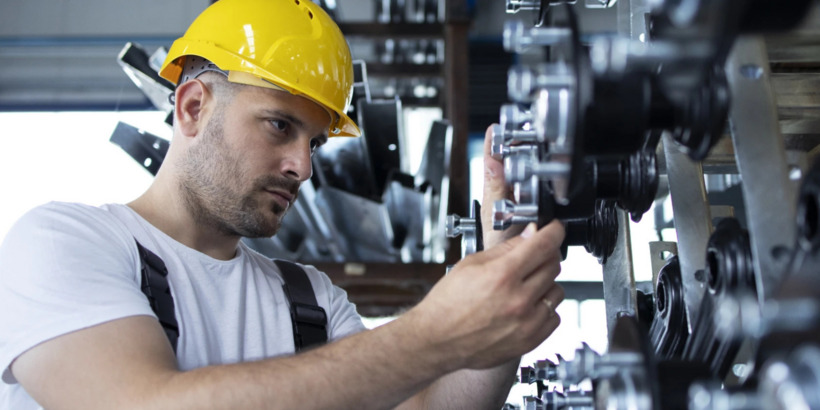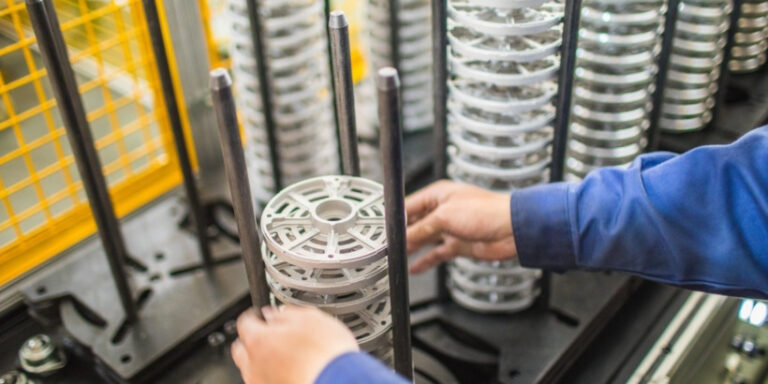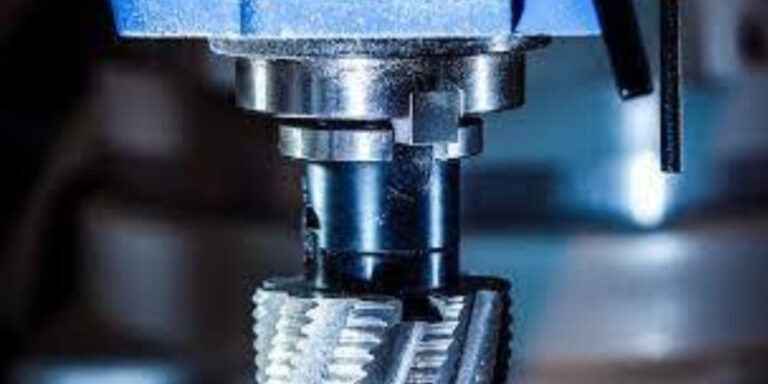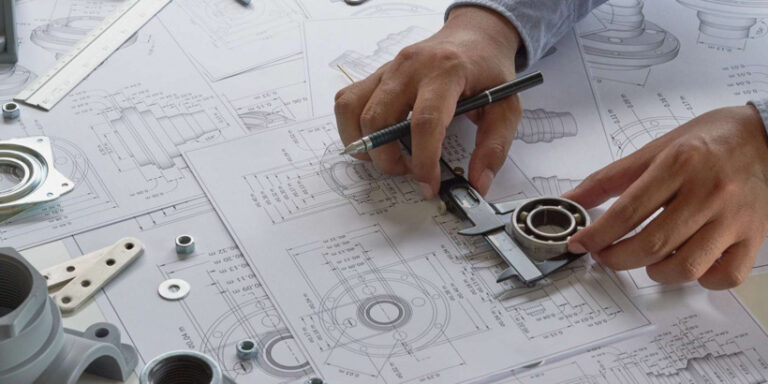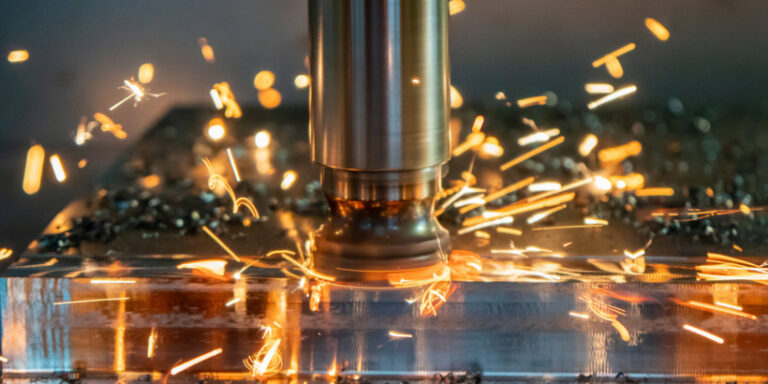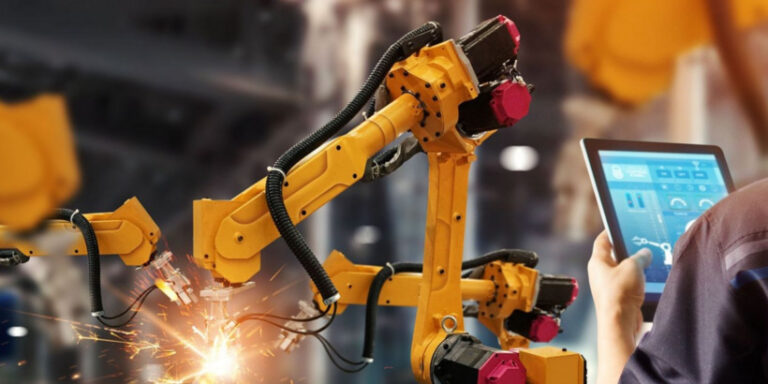The Evolution Of Transportation And Its Impact On Mechanical Engineering
Hey there, have you ever stopped to think about how we got from horse-drawn carriages to self-driving cars? The evolution of transportation is a fascinating and ongoing process that has had a significant impact on the world around us.
As someone who loves all things mechanical engineering, I can¡¯t help but be in awe of the advancements made in this field as a result of our need for faster, more efficient modes of transportation.
From the invention of the steam engine in the 18th century to the emergence of electric vehicles today, transportation has come a long way.
Not only has it changed the way we move from place to place, but it has also transformed entire industries and economies.
Mechanical engineers have played a crucial role in this transformation by designing and optimizing everything from engines to aerodynamics.
In this article, we¡¯ll explore some key milestones in transportation history and discuss their impact on mechanical engineering.
Let¡¯s dive in!
The Invention Of The Steam Engine
When I think about the evolution of transportation, one invention that comes to mind is the steam engine.
The steam engine was a game-changer in mechanical engineering and played a significant role in shaping modern-day transportation.
With its introduction, steam power became the preferred method for powering trains and ships.
It was an innovative technology that allowed us to travel faster and more efficiently than ever before.
This marked a turning point in fuel efficiency as well since it made use of coal instead of wood, which produced more heat and consumed less energy per unit weight.
These advancements paved the way for further developments in mechanical engineering and set the stage for new forms of transportation that we see today such as electric cars, hybrid engines, and alternative fuels like hydrogen-powered vehicles.
The Emergence Of The Automobile
I’m excited to discuss the automobile revolution and its impact on mechanical engineering! Let’s explore how the emergence of the automobile changed the way we transport ourselves and revolutionized the industry.
The Automobile Revolution
Hey there, have you ever thought about how much the automobile revolutionized urban mobility?
Before cars became widely available, people had to rely on horse-drawn carriages or walking to get around.
But with the emergence of the automobile in the late 19th century, transportation changed forever.
As mechanical engineering advanced and automobiles became more affordable, they quickly replaced older modes of transportation as the preferred method for getting around cities.
Today, we’re even seeing the advent of driverless cars – a technology that would have been unimaginable just a few decades ago!
It’s amazing to think about how far we’ve come and what innovations might be next in store for this incredible field.
Impact Of The Automobile
I can’t help but wonder about the impact that the automobile has had on our cities.
On one hand, it’s hard to deny how much easier cars have made commuting and traveling within urban areas.
But on the other hand, they’ve also been a major contributor to urban congestion and pollution.
It’s an interesting balance that we’re still trying to figure out as automated driving becomes more prevalent.
With driverless cars potentially reducing traffic and emissions, it will be fascinating to see how this technology shapes our cities in the coming years.
The Development Of The Aircraft
As we discussed in the previous section, the emergence of the automobile had a significant impact on mechanical engineering. However, it was not just ground transportation that underwent major changes during this time period.
The development of the aircraft and its subsequent evolution also played a crucial role in shaping mechanical engineering. In particular, advancements in aerodynamics were essential to making flight possible. Engineers worked tirelessly to create more efficient designs for wings and fuselages that could support heavier loads while still maintaining stability in the air.
Additionally, one of the most significant developments in aviation came with the advent of jet engines. These powerful engines allowed planes to reach previously unattainable speeds while simultaneously reducing fuel consumption and emissions.
Mechanical engineers continue to play an integral role in improving aircraft design and technology today, ensuring that these machines remain safe, efficient, and environmentally friendly.
The Popularization Of The Rocket
Oh, who needs cars and trains when you can just hop on a rocket to get around? That’s right, the popularization of rockets has had a huge impact not only on space exploration but also on transportation. It may seem like science fiction, but as technology advances, it becomes more feasible for everyday use.
With fuel efficiency being at the forefront of many industries, rockets offer an exciting alternative mode of transportation. But what are some potential drawbacks and benefits to this type of travel?
Advantages:
- Speed: Rockets have the ability to reach incredible speeds that traditional modes of transportation cannot match.
- Environmental Impact: In comparison to airplanes or automobiles, rockets produce far fewer emissions.
Disadvantages:
- Cost: Building and maintaining rockets is expensive and currently inaccessible for most individuals.
- Safety Concerns: The risks associated with launching into space pose significant safety concerns that would need to be addressed before widespread adoption could occur.
Despite these challenges, the possibilities presented by the popularization of rockets in transportation are endless. From intercontinental travel to potentially even commuting within cities via suborbital flights, it will be fascinating to see how this technology develops over time.
Advances In Marine Engineering
I’m excited to talk about advances in marine engineering, particularly in terms of marine propulsion technologies and ship design optimization. Let’s dive in and explore how these two areas have been evolving and how they’re impacting mechanical engineering.
Marine Propulsion Technologies
I remember when I was a kid, watching boats glide effortlessly through the water always fascinated me.
Now, as a mechanical engineer specializing in marine engineering, I am constantly amazed by the advancements made in marine propulsion technologies.
One of these advancements is hydrofoils, which lift boats out of the water to reduce drag and increase speed.
Another innovation that has changed the game is nuclear propulsion; it allows ships to travel farther distances without needing to refuel.
These two technologies have revolutionized how we think about transportation on water and have opened up new possibilities for exploration and trade.
Ship Design Optimization
But it’s not just hydrofoils and nuclear propulsion that have revolutionized marine engineering. Another exciting area of development is ship design optimization, which focuses on maximizing the efficiency of vessels through innovative designs and technologies.
As a mechanical engineer specializing in hydraulic propulsion systems, I know firsthand how crucial fuel efficiency is for commercial ships, especially as environmental regulations become more stringent. That’s why optimizing everything from hull shape to engine placement can make a significant difference in reducing fuel consumption and emissions.
In recent years, computer modeling tools have allowed engineers to test different design iterations virtually before building physical prototypes. This has led to some truly innovative solutions, such as air lubrication systems that reduce friction between the hull and water or flexible propellers that adjust their pitch based on real-time conditions.
These advances are driving us towards a future where ships are faster, greener, and more efficient than ever before – all while facilitating global trade and exploration across our oceans.
The Rise Of Electric Vehicles
We have seen how marine engineering has advanced over the years, but now let’s shift our focus to the rise of electric vehicles.
With increasing concerns about climate change and emissions, renewable energy sources are becoming more popular in transportation.
Electric vehicles not only reduce carbon footprint but also offer a quieter and smoother ride experience.
Furthermore, autonomous driving technology is being developed for electric cars which will make them even more efficient by optimizing routes and reducing traffic jams.
The future looks bright for electric vehicles as they continue to evolve and become an integral part of modern transportation systems.
The Future Of Transportation Technology
As a mechanical engineer, I am excited to see what the future of transportation technology holds.
One area that has been gaining traction in recent years is autonomous cars. With advancements in artificial intelligence and sensor technology, these vehicles have the potential to significantly reduce accidents caused by human error.
Another exciting development is the emergence of flying taxis. While still in their early stages of development, they offer the possibility of bypassing traffic congestion altogether and greatly reducing travel times in urban areas.
As we continue to push the boundaries of what’s possible with transportation technology, it will be fascinating to see how these innovations shape our daily lives and change the way we move from place to place.
Conclusion
Looking back at the evolution of transportation and its impact on mechanical engineering, it’s amazing to see how far we’ve come in such a short amount of time. From the invention of the steam engine to the rise of electric vehicles, each new mode of transportation has brought about unique challenges and opportunities for engineers.
One example that comes to mind is the development of self-driving cars. Imagine hopping into your car and not having to worry about driving or navigating through traffic. Instead, you could sit back and relax while your vehicle takes care of everything for you.
This technology would not only revolutionize transportation as we know it but also have significant implications for safety, efficiency, and sustainability.
As someone who is passionate about both engineering and innovation, I am excited to see what the future holds for transportation technology. Whether it’s exploring new frontiers with rockets or improving our daily commutes with autonomous vehicles, there are endless possibilities when it comes to pushing the boundaries of what’s possible.
And as an AI language model myself, I am honored to be part of this exciting journey towards a smarter and more connected world.
